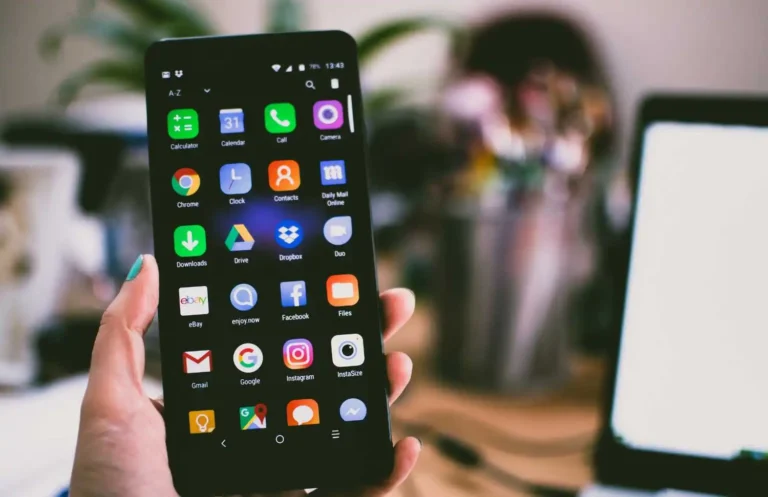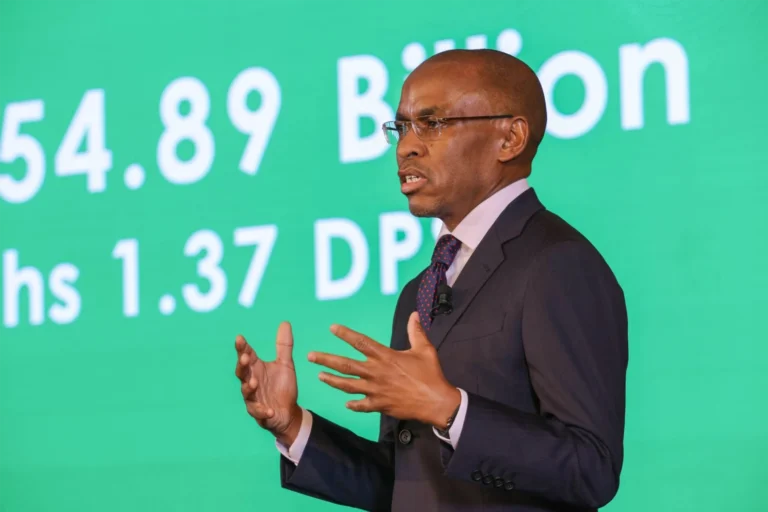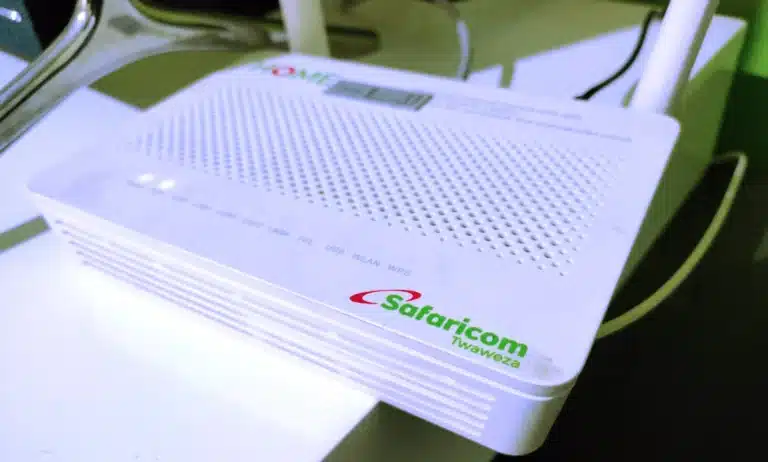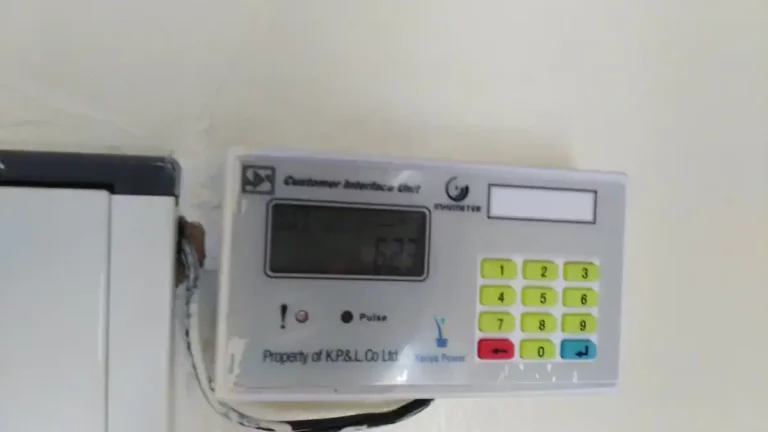Kenya has seen a smartphone explosion with 2.2 million smartphones bought in the 3 months to September 2024. This is the highest quarterly smartphone uptake since the Communications Authority of Kenya (CA) started tracking these numbers.
Smartphone Penetration Growing
According to CA, the number of active smartphones in the country grew from 35.2 million in June 2024 to 37.4 million by September, that’s a 6.3% increase. This is a growing demand for modern devices with advanced features, especially internet and digital apps.
On the other hand, feature phone usage dropped by 200,000 in the same period to 30.7 million from 30.9 million. That’s a 0.6% decline, a trend that has been going on with basic mobile phones losing market share to smartphones.
Kenya’s Mobile Market: Highlights
CA’s latest sector report shows that by September 2024, the total number of devices connected to the network was 67.7 million. Mobile penetration was 131.5% with smartphones at 72.6%. But note that these figures are for multiple device ownership and not individual phone owners.
Why Kenyans are Switching to Smartphones
Here are the reasons:
- Growing Internet Demand – The need for internet for communication, work, education and entertainment has forced many to upgrade to smartphones.
- Affordable Financing – Mobile network providers and manufacturers have introduced payment plans and consumers can buy smartphones on credit and pay in installments.
- Aggressive Marketing – Smartphone brands are investing heavily in advertising and making consumers aware of the benefits of upgrading from feature phones.
- Local Assembly and Affordability – The launch of Kenya’s first mobile phone assembly plant in October 2023 by President William Ruto has made smartphones more available with some models retailing at $40 (approximately Ksh 5,170).
Feature Phones are Fading Away
Feature phones that only support basic functions like calls, SMS and simple media playback are being phased out as more Kenyans opt for devices with internet, apps and multimedia. In the last year alone, over 600,000 feature phones were abandoned for smartphones.
Conclusion
The growing smartphone penetration in Kenya will further drive digitalisation, in sectors like e-commerce, fintech and online education. As more people go digital, businesses and service providers must adjust to the changing consumer landscape.
With more affordability initiatives and a push for local assembly, Kenya’s smartphone uptake will continue to rise in the next few years and bridge the digital gap and increase mobile access across the country.







